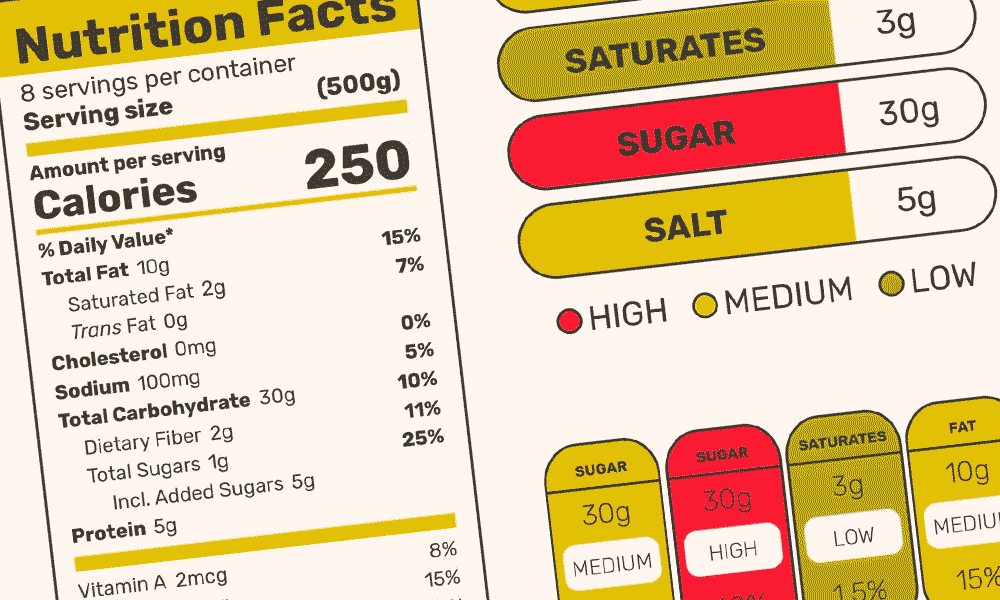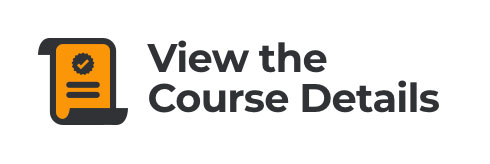I think it’s a good time to (re)address nutrition labels and how to read them—a refresher. Go get any packaged food from your pantry and look at the label while you are reading through this to have a tangible example.
Reading a Nutrition Label Without Losing Your Mind
First, let’s talk about the fine print on those nutrition labels—you know, the part where it says something like:
“Percent Daily Values are based on a 2,000-calorie diet. Your daily values may be higher or lower depending on your calorie needs.”
Sound familiar? If your eyes usually glaze over when you see that, stick with me. I’ll break it down and show you how to use this info to help your health and prevent kidney stones.
What’s Up with the 2,000-calorie Diet?
First off, that 2,000-calorie number isn’t a one-size-fits-all recommendation. It’s more like a general reference point. The FDA picked 2,000 calories because it’s a ballpark average for many people. But your actual needs could be higher or lower based on your age, activity level, and goals (like losing weight, maintaining it, or even gaining muscle).
Here’s a quick comparison:
- A moderately active 30-year-old woman might need about 2,100 calories.
- A less active 70-year-old man might need closer to 1,800 calories.
So, if you are thinking, “2,000 calories? I don’t even eat that much!”—no problem. These labels are still super useful.
Daily Values (DVs) and How to Use Them
The Percent Daily Value (%DV) is the superhero of the nutrition label. It tells you how much a single serving of food contributes to your daily intake of a nutrient. But here’s the catch: It’s all based on that 2,000-calorie diet.
- 5% DV or less = Low in that nutrient.
- 20% DV or more = High in that nutrient.
Use this info to make smart swaps. For example:
- Are you looking to cut back on sodium? Grab the can of soup with a lower %DV for sodium.
- Want more calcium? Pick the yogurt with a higher %DV for calcium.
Key Nutrients for Kidney Stone Prevention
If you’re here because you’re working on preventing kidney stones, here’s what to focus on:
- Sodium: Aim for no more than 2,300 mg/day. Too much sodium makes your kidneys dump extra calcium into your urine, which can lead to stones. Keep it low—5% DV or less per serving is your friend.
- Calcium: Yes, you need it! Getting enough calcium from food (1,000–1,200 mg/day) can reduce the risk of stones. Choose foods with a higher %DV for calcium.
- Added Sugars: Watch out for these sneaky troublemakers. Too much sugar can lead to weight gain, which increases your risk of stones. It also lessens how much urine you produce and increases urine calcium. Stick to less than 10% of your total calories.
What About Serving Sizes?
Here’s where things can get tricky. The nutrition facts are based on one serving, but what’s considered a serving might not match how much you actually eat. If the label says a serving is 1 cup of cereal, but you pour yourself 2 cups (because, let’s face it, who doesn’t?), you’ve just doubled all the numbers on the label.
A very common thing I hear patients say is, “But Jill, those chips are low in salt. How can my urine collection say I ate over 3,000 mg/sodium that day?” My answer is that the portion on the label is low in salt, but when you eat the whole bag, those chips are no longer low in salt. Make sense?
Portion IS KEY.
Ingredients: Where the Real Story Is Told
Flip the package around (“Turn it around, Buster Brown”) and check the ingredient list.Ingredients are listed in order of weight, so the first few are what you eat the most. Watch out for hidden sodium (like anything ending in “-ate” or “-ite,” such as sodium phosphate) and added sugars (corn syrup, fructose, etc.).
How to Make It Work for You
You don’t need to eat precisely 2,000 calories for this info to matter. Here’s how to use the label no matter your calorie needs:
- Compare Foods: Choose the product that’s higher in the nutrients you need (like fiber and calcium) and lower in the ones you don’t (like sodium and sugar).
- Verify Claims: Just because a box says “low sodium” doesn’t mean it’s low. A glance at the %DV will tell you the truth.
- Balance Your Plate: If one food is high in sodium, balance it with low-sodium choices for the rest of the day.
Daily Values: What Do They Mean in Milligrams and Grams?
When you look at a nutrition label, the Percent Daily Value (%DV) is based on a 2,000-calorie diet, but the label doesn’t always tell you the actual amount in milligrams (mg) or grams (g). Here’s a cheat sheet for some critical nutrients. Also, remember that some goals do not match the Kidney Stone Diet goals.
Here are your goals as a kidney stone patient.
Calcium
DV: 1,300 mg (for adults).
- If a food label says it provides 20% DV for calcium, that means:
- 20% of 1,300 mg = 260 mg of calcium per serving.
- So, a food with 50% DV for calcium gives you 650 mg—half your daily goal.
Sodium
DV: 2,300 mg (maximum recommended daily amount).
- If a label says 10% DV for sodium, that’s:
- 10% of 2,300 mg = 230 mg of sodium per serving.
- Remember: 5% DV or less is low, 20% or more is high.
Potassium
DV: 4,700 mg.
- If you see 15% DV for potassium on the label, that’s:
- 15% of 4,700 mg = 705 mg of potassium per serving.
Iron
DV: 18 mg.
- If a label lists 25% DV for iron, that’s:
- 25% of 18 mg = 4.5 mg of iron per serving.
Fiber
DV: 28 grams.
- If a food gives you 10% DV for fiber, that’s:
- 10% of 28 g = 2.8 grams of fiber per serving.
Added Sugars
DV: 50 grams (for a 2,000-calorie diet).
- If you see 8% DV for added sugar, that’s:
- 8% of 50 g = 4 grams of added sugar per serving.
How to Use This Info
- Compare foods: If one cereal has 15% DV for calcium and another has 30%, choose the one with 30% (if calcium is your focus).
- Keep track of sodium: Add up the milligrams throughout the day to stay under 2,300 mg.
- Meet your goals: If you’re aiming for 1,300 mg of calcium daily, use the label’s milligrams to help you get there.
Pro Tip
Always look for the actual milligrams (mg) or grams (g) on the label if %DV confuses you. For example, you might see:
Calcium: 260 mg (20% DV)—this gives you both the %DV and the actual amount. Handy, right? And once again, I will remind you to apply the multipliers above with your KSD goals. Like calcium- we have different goals than the 1300 nutrition label goals. Sodium too. We are aiming for 1,500-2,000mg per day.
Final Thoughts
No one makes a kidney stone in a day, but your small daily choices add up. Reading nutrition labels is like flexing your health detective muscles. The more you do it, the easier it gets. And remember, it’s about portion, not perfection. So grab your favorite treat, enjoy it, and then get back on track!
Your friend and advocate,
Jill














Leave a Reply